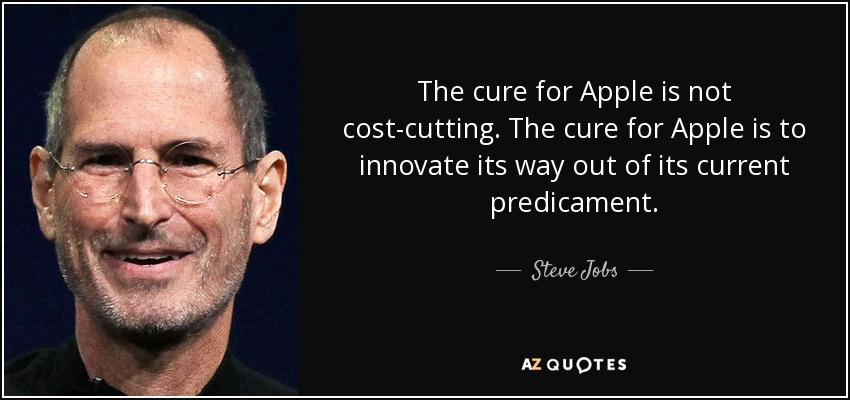Parte I.
Recordo o texto de sexta-feira, "
Para reflexão", onde comecei por relatar o choque negativo que o calçado está a sofrer. Muitas PME nos mais variados sectores transaccionáveis ganharam espaço no mercado, após o
choque chinês dos anos 2000, recorrendo à
rapidez, flexibilidade, proximidade como escrevi em "
Flexigurança, fiscalidade e competitividade" em Janeiro de 2007. Por estes dias interrogo-me sobre até que ponto essa cartada continua válida, ou se já estará a chegar ao fim do seu prazo de validade. Quando escrevi em
Dezembro passado:
"Marrocos, Roménia, Turquia, conseguem competir no campeonato da rapidez e flexibilidade com custos mais baixos"
Percebemos que a carta da "rapidez, flexibilidade, proximidade" foi igualada e ultrapassada porque ainda juntam preços mais baixos. Ministros e académicos podem sorrir e antecipar subidas na produtividade agregada com o encerramento de sectores tradicionais. Contudo, quem dirige empresas nesses sectores tem de pensar em como dar a volta à situação.
Os políticos e quem trabalha na função pública pensam em direitos adquiridos. Nas empresas a vida é a vida, não é nem justa nem injusta. Não há futuro adquirido, ou se seduzem clientes
ou se cai no precipicio.
Contar com o ovo no cu da galinha é a morte do artista.
Lembram-se das críticas aos
empresários no tempo do Cavaco? Dinheiros investidos nas empresas e ... nada
Será que vão dizer o mesmo dos milhões metidos no calçado?
É a vida! Os milhões metidos em empresas que estavam ajustadas à estratégia anterior, vão parecer terem sido lançados ao lixo, porque essa estratégia vai deixar de funcionar.
Numa primeira fase as empresas que não vão morrer, para já, vão ter de encolher, vão ter de fazer o que fez Steve Jobs quando regressou à Apple. Depois, vão ter de esperar, trabalhar, para descobrir "
the next big thing":
"In the summer of 1998, I got an opportunity to talk with Jobs again. I said, “Steve, this turnaround at Apple has been impressive. But everything we know about the PC business says that Apple cannot really push beyond a small niche position. The network effects are just too strong to upset the Wintel standard. So what are you trying to do in the longer term? What is the strategy?” He did not attack my argument. He didn’t agree with it, either. He just smiled and said, “I am going to wait for the next big thing.” Jobs did not enunciate some simple-minded growth or market share goal. He did not pretend that pushing on various levers would somehow magically restore Apple to market leadership in personal computers. Instead, he was actually focused on the sources of and barriers to success in his industry—recognizing the next window of opportunity, the next set of forces he could harness to his advantage, and then having the quickness and cleverness to pounce on it quickly like a perfect predator. There was no pretense that such windows opened every year or that one could force them open with incentives or management tricks."
É claro que PME não precisam da "the next big thing" com a dimensão da Apple. Talvez os nichos sejam o futuro, talvez a co-criação seja o futuro.
Continua.
























